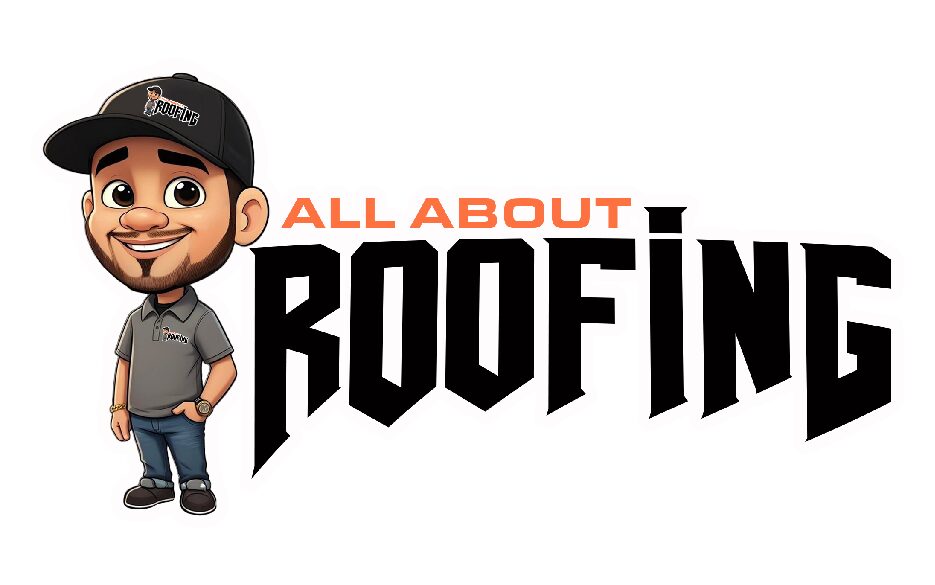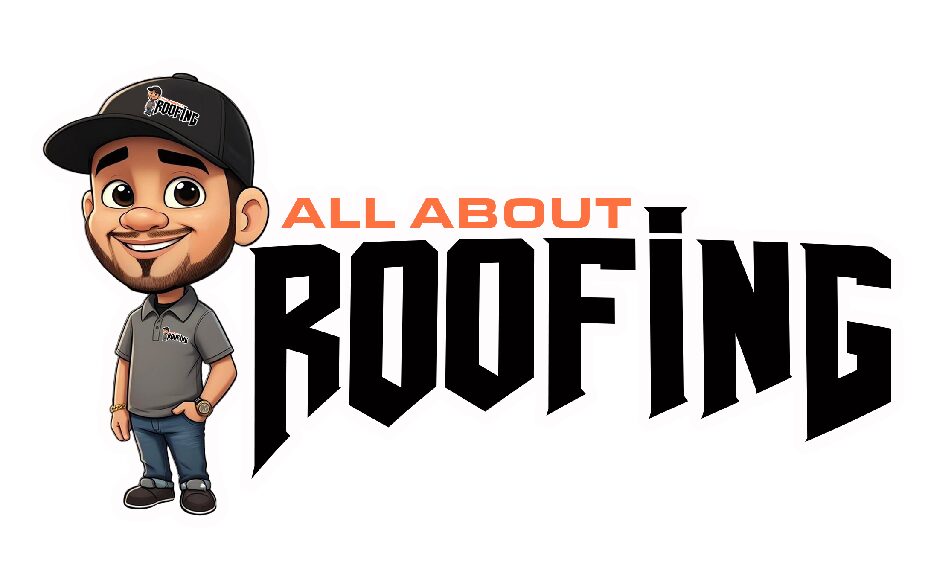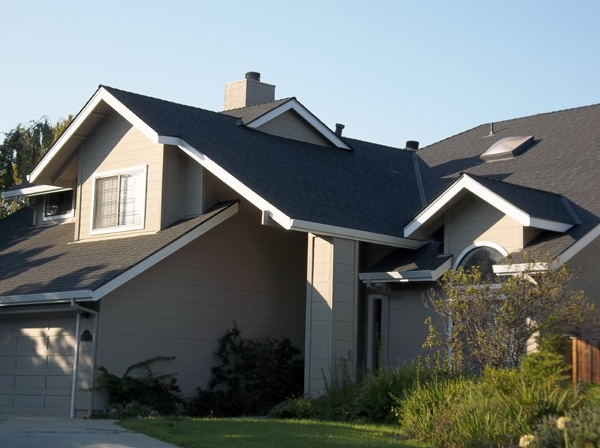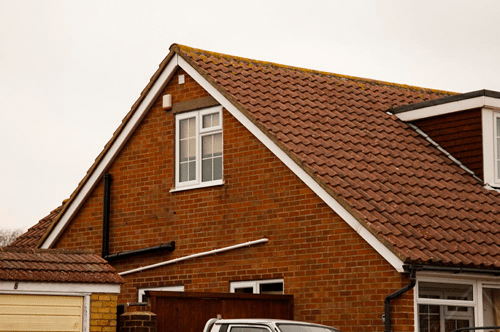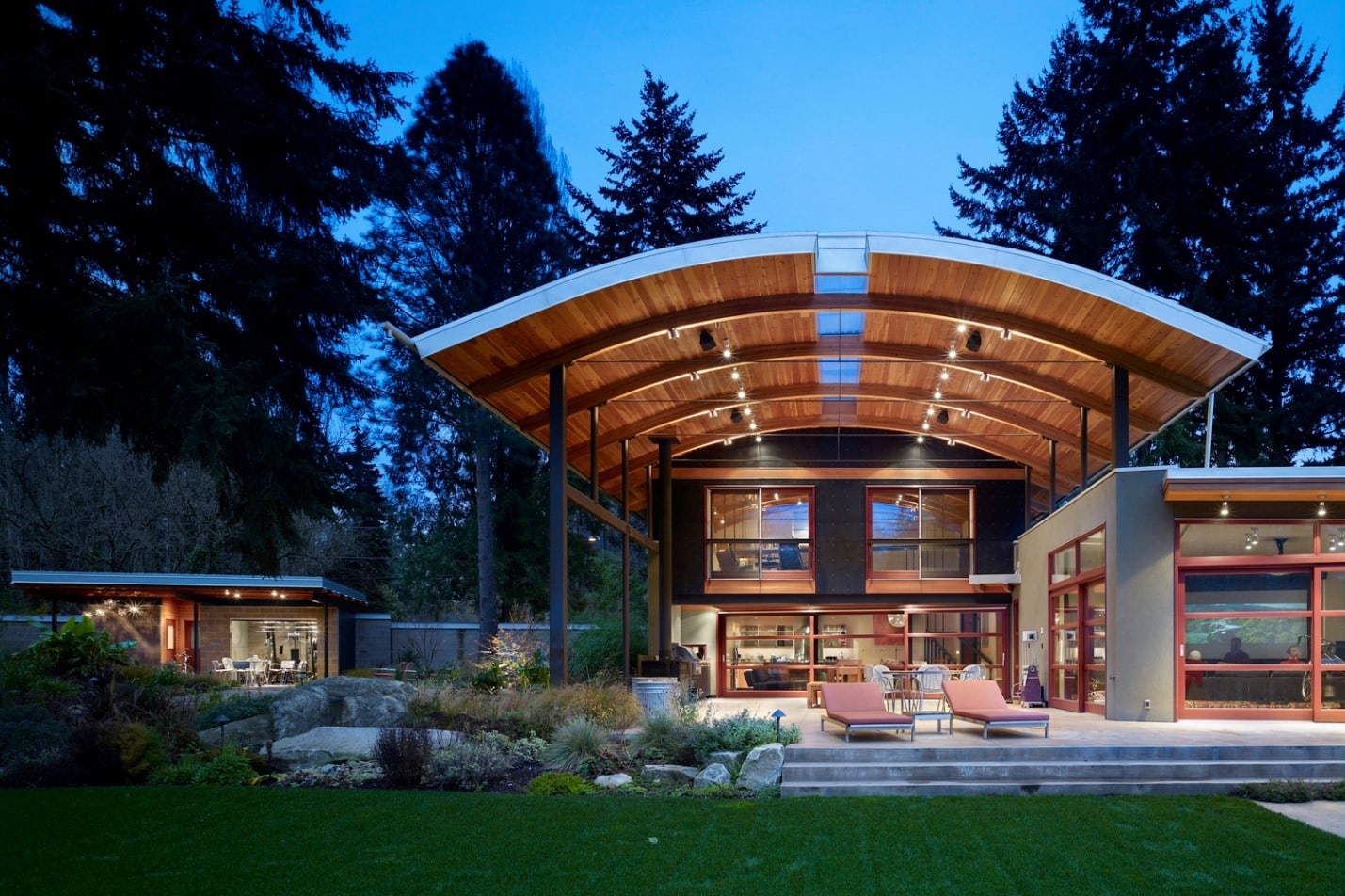Looking for a roof replacement? When it’s time to replace your roof, you have the unique opportunity to overhaul the design of your house’s roof to a more contemporary design. Or, you can choose a much more vintage look. Whatever it is, you probably need to know what you’re getting into. Today, we’ll start a series of blog posts introducing you to different roof types. Even if you’re only thinking about it, this article can also help you visualize how different roof types might fit your dream house.
(READ MORE: Why You Might Want To Consider The Benefits of A New Roof)
Different Roof Types
Gable Roof
Gable roofs. Source: Pinterest.com
Gable roofs are the most common roof type in San Jose, California and all around US. It’s known for its triangular tipped appearance. It can be a side gable, where two pitched planes meet from parallel sides to the ridge. This would leave a triangular section on the perpendicular side. If it’s a side gable, the triangle section can be left open (open gable) or enclosed (box gable). Sometimes, two gable roof sections are crossed across one another. This is called a crossed gable.
The simple design of gable roofs are perfect against for snowfall and rainfall. The high slant angle slides the snow off the roof. And since it’s so simple, it’s cheaper than more complex roof types. However, a poorly-reinforced gable roof might collapse or detached on a hurricane-prone area. Make sure you only hire the best to install gable roofs.
Butterfly Roof
Butterfly Roof. Source: Pinterest.com
Butterfly roofs are where the roof planes meet on a downward angle into a valley, forming a concave V-shape.
The shape of the roof allows for more natural light to enter the house. Plus, the concave shape allows for efficient rainwater collection (good for drought areas) and solar panel installation. Thus, it’s popular on eco-friendly, modern, tropical home designs.
However, if the drainage system gets blocked, water may accumulate. Long standing stagnant water may lead to mold and structural weakness. Not to mention, snow is a chore to shovel out regularly. If you let snow accumulate, there’s no doubt that your roof will collapse. Between that and the high installation cost, we only recommend this roof design if you have the budget to maintain it.
Curved Roof
Curved Roof. Source: Pinterest.com
Curved roofs are contemporary roof design. Rather than improve on integrity or utility, curved roofs are purely aesthetic. That’s because humans naturally find curves and smooth shapes attractive. The customized nature of curved roofs makes it expensive to build. One big structural drawback is water and snow build-up if the slope isn’t steep enough.
